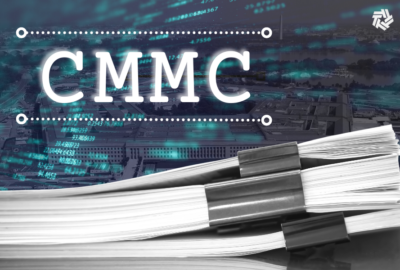Competing global supply chain approaches
Although the BAA favors domestic production, it has the downside of allowing the acquisition of Chinese products in certain circumstances.
The pandemic and its aftermath created a greater awareness of the fragility of global supply chains, and the federal government’s overreliance on adversaries in the supply chain.
As a result, there has been no shortage of procurement legislation and regulation prohibiting or curtailing the federal government’s purchase of Chinese products: Section 889 of the Fiscal Year (FY) 2019 National Defense Authorization Act (NDAA) (restrictions on the use of telecommunications equipment and services); Section 847 of the FY 2020 NDAA (mitigating risks related to foreign ownership, control, or influence of Department of Defense (DoD) contractors or subcontractors); Section 223 of the FY 2021 NDAA (disclosure of funding sources in applications for federal research and development awards); and Section 5949 of the FY 2023 NDAA (prohibition of certain semiconductor products and services).
Even more legislation may be on the way, as we see provisions in the House version of the FY 2025 NDAA (see, e.g., Sections 173, 178, 242, 807, 1706, and 1722) and in the Senate version of the bill (see, e.g., Sections 885, 886, 887, 888, and 889).
Two different supply chain supply regimes essentially govern supply acquisition: The Buy American Act (BAA) and the Trade Agreements Act (TAA). Recently, there has been a renewed focus on the BAA, as the domestic component requirements have been increased.
The BAA, however, is a price evaluation preference, which means if the price of a Chinese product is low enough, the federal government will buy that product. For large business offerors, the price preference added to non-domestic offers is 20%, and for small business offerors, it is 30%. Under DoD acquisitions, the preference is 50% for all domestic offerors, regardless of size.
Depending on the item and the value of the acquisition, the TAA or other specific free trade agreements might apply because the United States Trade Representative (USTR) has waived the BAA for many supply acquisitions above specific thresholds, ranging from 50,000 to 174,000. If the TAA applies, offerors generally must supply products made domestically or in allied countries. Most major acquisitions for commercial products, like the MAS program, are subject to the TAA.
Under the TAA, Chinese products are not eligible for purchase because China is not a signatory to the TAA. Although the BAA favors domestic production, it has the downside of allowing the acquisition of Chinese products in certain circumstances. The TAA provides a holistic approach to strengthening the supply chain, by taking advantage of the economic advantages and technical capabilities of our domestic sources and our allies, with the added benefit of providing domestic firms with the ability to participate in the procurements of allied countries. The differences between the BAA and TAA are important considerations as government and industry work together to address supply chain security and resiliency.
Copyright © 2025 Federal News Network. All rights reserved. This website is not intended for users located within the European Economic Area.






